I've been reading for over a year now about the decline in the global bee population. This season, there was even a noticeable decrease in our local bees. In today's Wall Street Journal, Josie Glausiusz reviews Fruitless Fall by Rowan Jacobsen which examines what's happening. Sadly, Ms. Glausiusz writes:
"No one knows where the bees have gone. No one knows the cause, either, though theories abound, ranging from the absurd (cellphones, the hole in the ozone layer) to the alarming (rampant pesticide use, widespread loss of habitat). After extensive interviews with beekeepers and bee biologists, Mr. Jacobsen concludes that a "rogue's gallery" of stresses may have driven honeybees to the edge: parasitic mites and beetle beehive-invaders, and a slew of bacterial, fungal and viral diseases, not to mention "pesticides, antibiotics, malnutrition, urbanization, globalization and global warming." Florida's state apiarist, Jerry Hayes, tells the author: "I'm surprised honeybees are alive at all.""
My favorite ice cream maker, Haagen Dazs, has set up a website http://helpthehoneybees.com/. On this website, under "How you can help," it suggests four things: plant bee-friendly plants; donate to universities that are doing research on Colony Collapse Disorder; support beekeepers; and tell your friends. The bee-friendly plants they suggest are: lavender, glory bushes, jasmine, rosemary, coreopsis, violets, thyme, wisteria, bluebells, trumpet vine, sunflowers, cosmos and cone flowers.
Well, I've already planted most of these bee-friendly plants and now I'm telling my friends. Please do the same!
Welcome to Heirloom Gardener
Friday, September 19, 2008
Annuals and Perennials to Help Save The Bees
Posted by
Julia Erickson
at
11:50 PM
![]()
![]()
Labels: Wildlife in the Garden
Subscribe to:
Post Comments (Atom)
Search Heirloom Gardener
Labels
- About Blogging
- Annuals/Biennials and Perennials
- Autumn Garden
- Books and Movies
- Botanical Gardens
- Bulbs and Tubers
- Children's Garden
- Chrysanthemum
- Clematis
- Container Gardening
- Crocus tommasiniasus roseus
- Cut and Forced Flowers
- Cutting and Rose Gardens
- Dahlias
- Deep Thoughts About Gardening
- Egg Garden
- Fences Arbors Walls and Paths
- Floral arrangements
- Front Border
- Fun Stories About Gardening
- Garden Bloggers' Bloom Day
- Garden Bloggers' Design Workshop
- Garden Planning
- Gardening Blogs
- Gardening Tools and Structures
- Gardening with Children
- Goldberry Hill
- Heirloom and Organic Food
- Hibiscus
- Holidays
- Hydrangeas
- Japanese Beautyberry
- Lilies
- Mixed Borders
- New Jersey / Local Interest
- Nurseries
- Online Gardening Resources
- Peonies
- Pest Control
- Picture This Photo Contest
- Piet Oudolf
- Poppies
- Propagation and Seeds
- Pruning and Maintenance
- Roses
- Seed Heads
- Self Seeders
- Shrubs
- Spring Garden
- Summer Garden
- Trees
- Wildlife in the Garden
- Winter Garden
- Zinia
Blog Archive
-
▼
2008
(202)
-
▼
September
(16)
- Plants for Fall Color: Planning Improvements for ...
- My Eight Year Old's Great Potato Harvest
- You Can Never Have Too Many Dahlias
- Great Cutting Flowers: Annual Zinnias
- Swallowtail Caterpillar (Pterourus glaucus)
- Annuals and Perennials to Help Save The Bees
- Busy, Busy Bumblebees
- Spider Flowers (Cleome)
- Garden Bloggers' Bloom Day: Dahlias in New Jersey...
- The Monarch Butterfly (Danaus plexippus) emerges f...
- Flowering Tobacco (Nicotiana)
- A Great Source of Gardening Wisdom: The Local Far...
- Pictures of Some of This Year's Sunflowers
- Links to Some Great European Gardening Blogs
- Pictures of Monarch Butterfly (Danaus plexippus) C...
- Heirloom Lilies for Fall Planting
-
▼
September
(16)










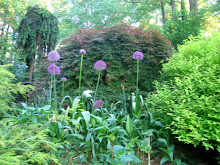
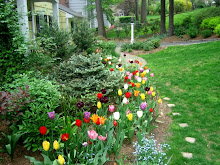
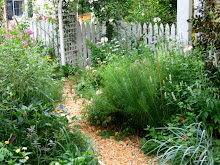
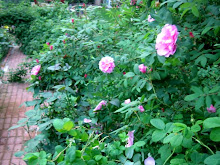

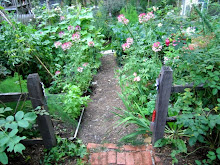

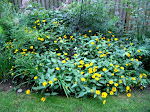





2 comments:
Are you sure than number 5 wasn't "Eat more icecream"?
I have never seen so many bees before. Want some?
loved your post on trying to help the bees. i posted a beautiful specimen yesterday, you might want to see. we all need to do our part in saving these necessary and beautiful creatures.
Post a Comment